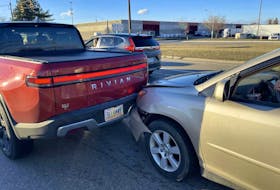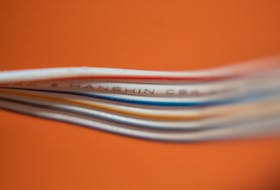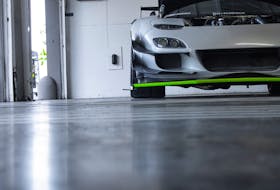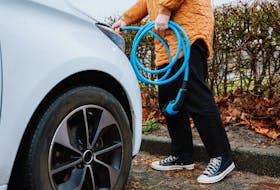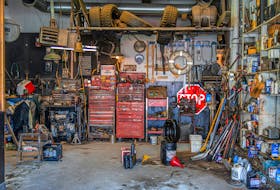Q: I have noticed your “auto advice” in The Chronicle Herald and would appreciate your advice on a couple of maintenance issues. I own a 2015 Infiniti car, purchased in fall of 2015 and currently have driven about 26,000 km. I have a service manual for the car and have maintained maintenance on it every six months as recommended ... but not with the car dealership ... and not on the following two items as the garage I am using for maintenance said it was not necessary at the time. When, in your opinion, is it necessary to do the following maintenance: replace in-cabin microfilter (I don’t smoke), and replace brake fluid?
Linda
A: The in-cabin micro-filter is designed to filter contaminants such as dust, pollen, allergens and smoke (exhaust) particles from the outside air as it enters the cabin of the car. It doesn’t filter the air that is already inside the car.
The factory maintenance schedules often indicate that this filter should be changed every six months but it really depends on the driving conditions that you experience.
In winter, there is often very little dust or pollens. Humid air also reduces the amount of dust or pollens in the air. If you drive under these conditions, I have seen the cabin air filters last three years or more!
However, if you are following another vehicle down a dusty gravel road, the cabin filter could need replacing after just a few days.
Removing the filter and inspecting it visually can give you a good indication of how plugged it is, but the labour to remove and replace it is often more than the cost of the filter so it is more economical to just replace it.
Another way but more difficult to judge method of evaluating the cabin filter is to monitor the airflow from the heater and air conditioning vents. If the airflow seems lower, then the air filter is getting plugged and restricting the airflow.
This happens gradually so it is usually difficult to judge. From your past experience with not having to change the cabin filter often, I would continue with your past practice.
As for changing brake fluid, brake fluid absorbs moisture from the air and although the brake system is sealed, there is still a little moisture absorbed through seals. Brake fluid is also contaminated by copper that migrates from the metal in the brake lines. There are test strips that can be dipped in the fluid to check for copper contamination but it is rare to find service shops that have these strips.
Most shops will look at the colour of the fluid. New non-synthetic brake fluid is amber in colour and you can see through it. When it turns dark and is difficult to see through, it is time to change it. Bleeding the brake system until clean fluid flows from the brake callipers will remove most of the old fluid from the system.
Most maintenance manuals do not have change intervals for brake fluid but changing it every two years will help protect your expensive brake system parts from corrosion and damage.
Q: I own a 2011 Chrysler 200 with the 2.4-litre engine. It has a problem when driving 50 kph. The engine will slightly rev up and down a few hundred RPM. I have had it to two different places to get fixed, but neither can figure it out. You can feel the car surge and see the tach go up about 200 or so RPM. Any advice would be greatly appreciated.
Rod
A: There are couple things to check. First, look for a vacuum leak. This will cause a surge at cruise but the engine may still idle fine. It could be an intake manifold gasket, a leaking vacuum hose or even a faulty PCV valve that is creating the vacuum leak.
The next item to look at is the EGR valve. Carbon may be causing the valve to stick open slightly at cruise speed (50 kph) and this will lean the air/fuel mixture out and cause the surge.
You may be able to clean the EGR valve and passages if carbon is the problem but often the valve is just replaced.
Jim Kerr is a master automobile mechanic and retired teacher of automotive technology. Send your questions for Jim via email or mail them to: Herald Wheels, 2717 Joseph Howe Drive, P.O. Box 610, Halifax, N.S. B3J 2T2


